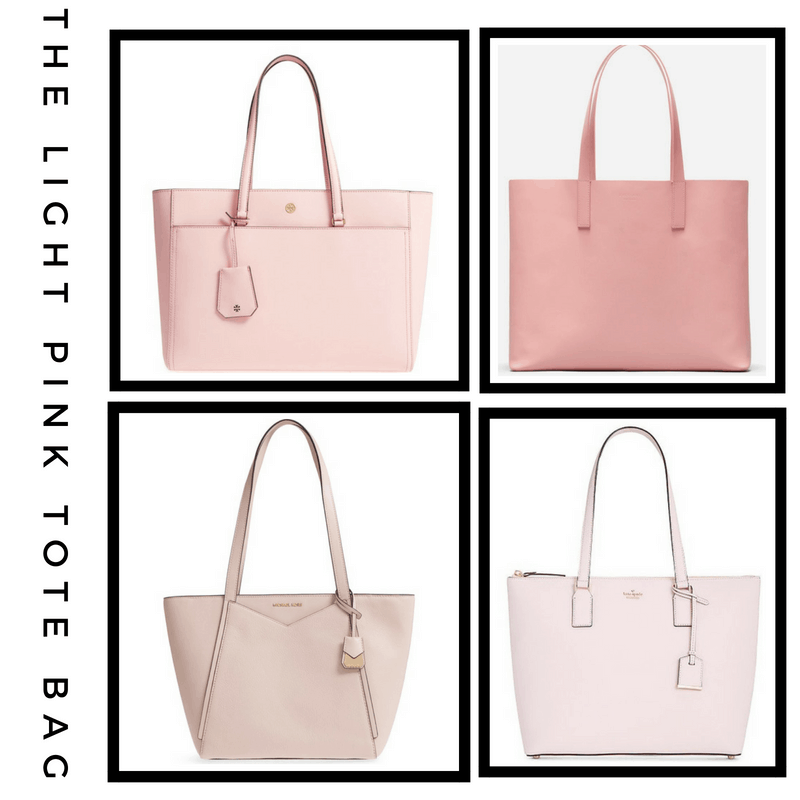A History of Counterculture: Grunge
https://www.instagram.com/p/BQGXF8RDjzv
From poodle skirts to Instaglam, and cloche hats to bell bottoms, the history of mainstream fashion is well-known to the everyday fashionista. But not all aspects of fashion are mainstream. This semester, I’ll be exploring the history of counterculture movements – and how they differ from the fashion history you already know.
This week, I’ll be talking about a subculture that emerged in the mid-1980s. While the world was listening to commercial, stylized hair metal, the early grunge rockers were wearing flannels and singing about their feelings of disaffectedness and failure.
Table of Contents
Grunge’s Influences
Grunge first emerged in Seattle, a city that wasn’t yet known for its music scene. Alternative musicians from Evergreen State College and the University of Washington created music with a grinding, unfinished sound influenced by punk and metal, that was strongly affected by their lack of prestige or technical tools.
In contrast with the highly produced, manufactured music and styles of the mainstream, grunge was focused on ‘ugliness’ – caused both by the distortion of the musical recordings and the darker subject matters they addressed. Unlike the energetic rejection of social norms of the earlier punk movement, grunge focused on themes of nihilism, depression, betrayal, and resignation. Singers of grunge rock wanted listeners to look inside themselves to examine the hidden anguish of society.
Grunge Fashion
Just as grunge music was all about challenging the hedonistic, highly manufactured aspects of pop and glam music, grunge fashion was all about rejecting fashion and conformity through style. Its greatest stars popularized thrift shopping and working-class styles like flannel shirts, cracked leather jackets, and work boots, partially due to their own humble backgrounds. It was thought that the mundane fashion choices represented the authenticity of the artists — that they would perform in the same clothes they wore every day.



















